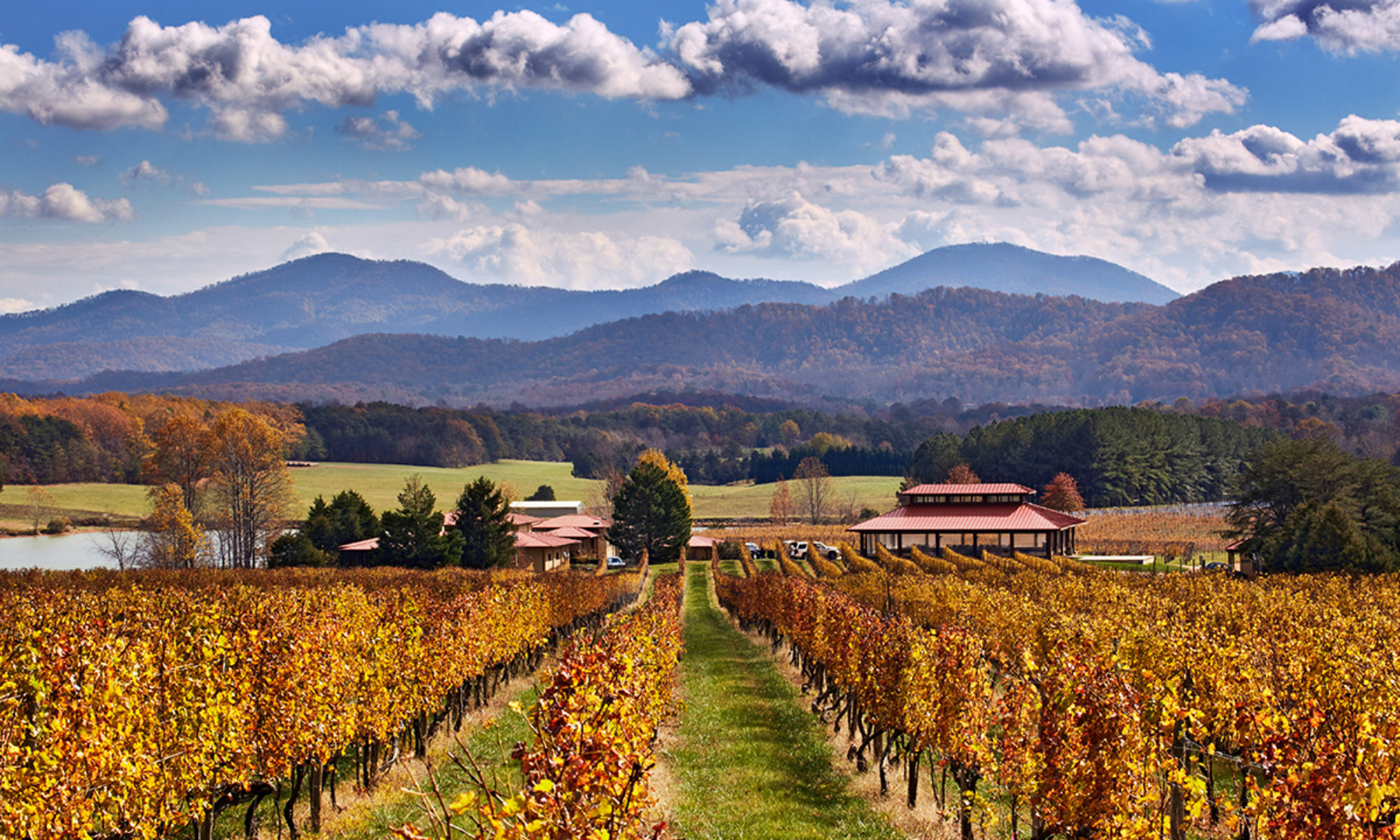Tarara Winery
- In northeastern Loudoun County near the Potomac, off the village of Lucketts. The third winery in Loudoun, Tarara Winery was founded in 1989 by Whitie (a commercial real estate developer) and Margaret Hubert. Winemaker and general manager Jordan Harris, who moved from Canada, joined Tarara in 2007 and was named one of Wine Enthusiast Magazine’s 40 Under 40 in 2013.
- Wines. Tier II. The Nevaeh won a Gold Medal at the 2018 Virginia Governor’s Cup competition. The Washington Post included Tarara in their best wines of Northern Virginia. When Harris first joined Tarara, he focused on following market trends and making big wines. But since 2014, he has been focused on making wines more terroir-driven, rather than grape-driven. While the region does not have vigorous sites and there is no diurnal shift, Harris found limestone and rocks in the subsoil, which is reflected in the wines (Napa Valley Register review from 2017).
- Setting. A property with lots of land and nice grounds including a lake and going up to the banks of the Potomac River, though some reviewers note it is not as well taken advantage of as it could be. Tasting room not so scenic. There is a bistro at the winery serving food, and the website lists a schedule for a food truck as well. The winery hosts frequent events so check before you go.
- Stories. One star. Civil War — Crossing the Potomac. The Potomac River was the dividing line between North and South during the US Civil War, the Union on one side, the Confederacy on the other. Tarara is the closest winery to one of the major crossing points used twice by Confederate armies in separate invasions of Union territory, White’s Ford. The first of these crossings came in 1862. After Confederate General Robert E. Lee’s smashing victory at the Second Battle of Manassas, Lee decided to invade Maryland to reap the fall harvest, gain Confederate recruits, earn foreign recognition of the Confederacy, and perhaps compel the Union to sue for peace. The Army of Northern Virginia crossed the Potomac River here on September 4, 1862. At Antietam Creek on September 17, Gen. George B. McClellan’s Army of the Potomac fought Lee’s men to a bloody draw. The Battle of Antietam remains one of the most famous battles in American history. Lee retreated to Virginia September 18-19. The second of these Confederate crossings of the Potomac was that of General Jubal Early in June 1864. Early had invaded Maryland to attack Washington D.C. and draw Union troops from the confederate capital of Richmond. Union General Lew Wallace delayed Early at the Battle of Monocacy (by Frederick, Maryland) on July 9, and reinforcements were able to strengthen the capital’s defenses. After heavy skirmishing in front of the capital’s defenses on July 11-12 as President Abraham Lincoln watched, the Confederates retired toward Virginia. Despite failing to take Washington or free prisoners, Early succeeded in diverting Federal resources. Soon after dawn on July 14, 1864, Early’s corps, the Army of Northern Virginia, began crossing the Potomac River here from the Maryland side. After crossing and reforming their ranks, Early’s men marched south from here to camp at Big Spring north of Leesburg. The Confederates returned to Virginia with more than 3,000 captured horses and 2,500 head of cattle, while wagons carried much-needed provisions for the army. White’s Ford is a now a Regional Park, and can be visited for boating, Potomac River views, or for its history. Invasions of Maryland, however, are more easily carried out just south of here at White’s Ferry.
